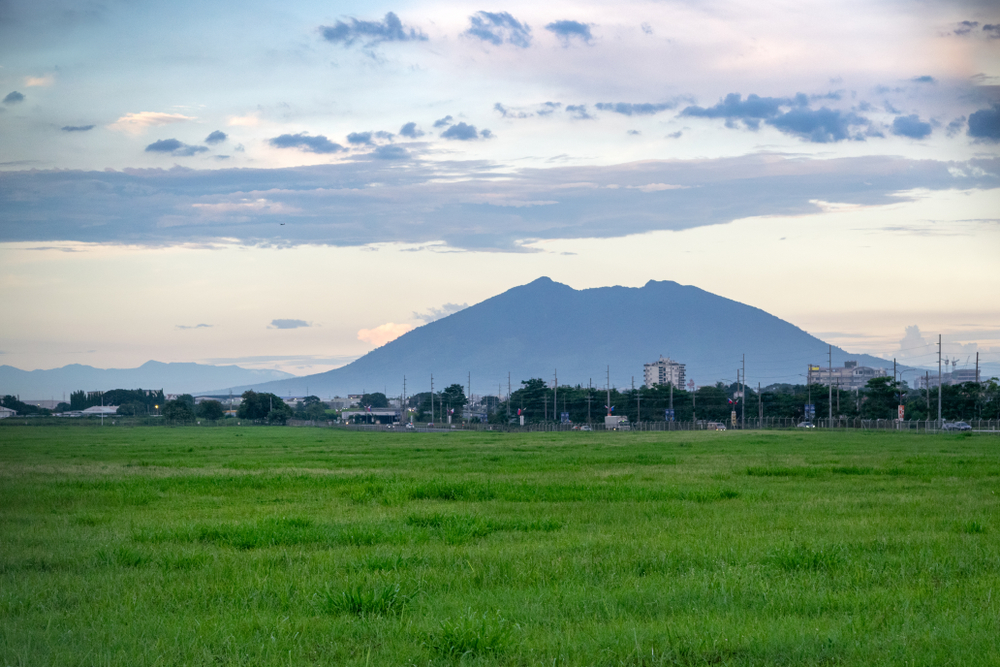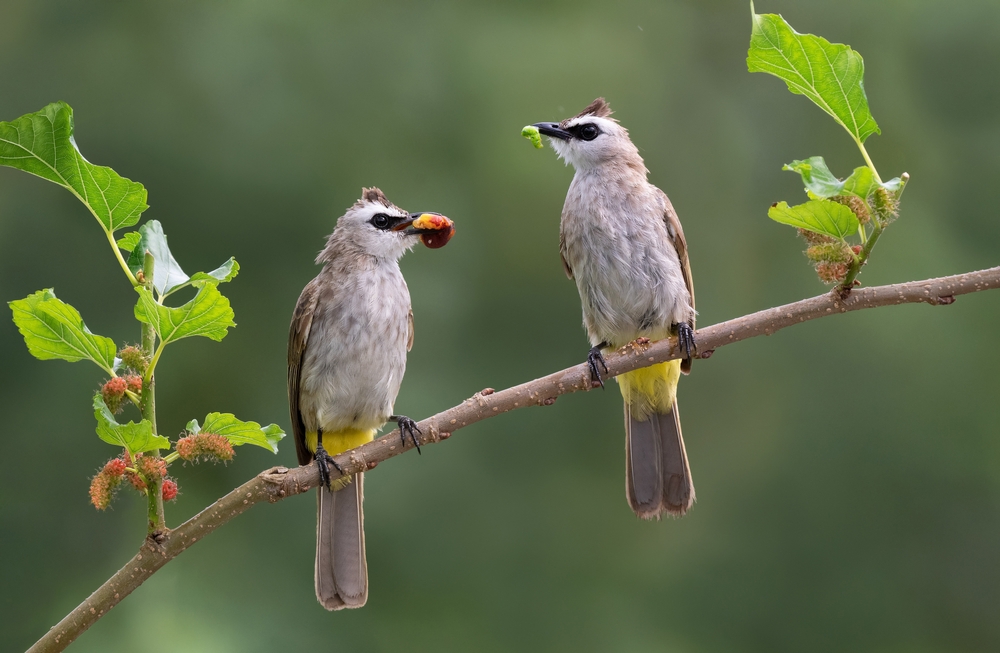Sacred Mountain Overview
Sacred Mountain National Park, known in Filipino as Pambansang Liwasan ng Banal na Bundok, is a small but culturally significant protected area located in the city of Marawi in Lanao del Sur, on the island of Mindanao in the Philippines.
Covering approximately 0.5 square miles (1.3 square kilometers), the park centers around a solitary hill that rises gently above the surrounding terrain, offering panoramic views of Lake Lanao and the Marawi landscape. Declared a national park in 1965, it holds both natural charm and spiritual importance for local communities, especially the Maranao people who regard the site with reverence.
The terrain of Sacred Mountain National Park is defined by its central peak, known locally as Mount Mupo. Though modest in elevation at just over 900 feet (274 meters), the hill stands out from the surrounding plains and offers sweeping views of the city, nearby villages, and the distant blue waters of Lake Lanao.
The slopes are covered with grasslands, scattered shrubs, and patches of secondary forest. A trail winds up the mountain through clusters of trees and open meadows, allowing visitors to enjoy a peaceful hike surrounded by birdsong and mountain breezes.
Wildlife in the park includes a variety of small bird species, reptiles, and insects typical of lowland Mindanao ecosystems. Birds such as Philippine bulbuls, tailorbirds, and kingfishers are commonly seen, especially in the early morning.
The forest patches also support frogs, lizards, and butterflies that thrive in the warm, moist environment. Although larger wildlife is rare due to the park’s limited size and its proximity to urban development, the hill remains an important green space for both biodiversity and ecological balance within the city.
The most popular feature of Sacred Mountain National Park is its summit, which serves as both a scenic viewpoint and a place of quiet reflection. Visitors who reach the top are rewarded with panoramic vistas of Marawi City, the rolling hills of Lanao del Sur, and the shimmering expanse of Lake Lanao—the country’s second-largest lake and a key water source for Mindanao.
The trail to the summit is relatively short and suitable for beginners, making it a favored destination for students, families, and casual hikers. Sunrise and sunset treks are especially popular for the soft light and tranquil atmosphere.
Visitors experience the park primarily through hiking, sightseeing, photography, and quiet retreat. It serves as a peaceful destination for those seeking time in nature without leaving the city.
Cultural and educational visits are also common, as the mountain is regarded as a sacred site in Maranao tradition and a symbol of local identity and spiritual connection. Occasional clean-up drives and environmental awareness activities are organized by schools and civic groups, emphasizing the park’s value beyond its recreational use.
Conservation efforts focus on maintaining the park’s natural beauty, preventing erosion, and controlling litter from casual visitors. Challenges include urban encroachment, limited facilities, and unregulated foot traffic, which can affect the fragile landscape.
However, the park’s cultural significance has inspired local initiatives to promote responsible tourism, tree planting, and preservation of the hill as a sacred natural space. Continued support from the local government and the Maranao community is vital to ensuring that Sacred Mountain remains a symbol of both ecological and spiritual heritage in Lanao del Sur.
Park Map
Sacred Mountain National Park Highlights
Share your clicks with us
Related National Parks More Philippines
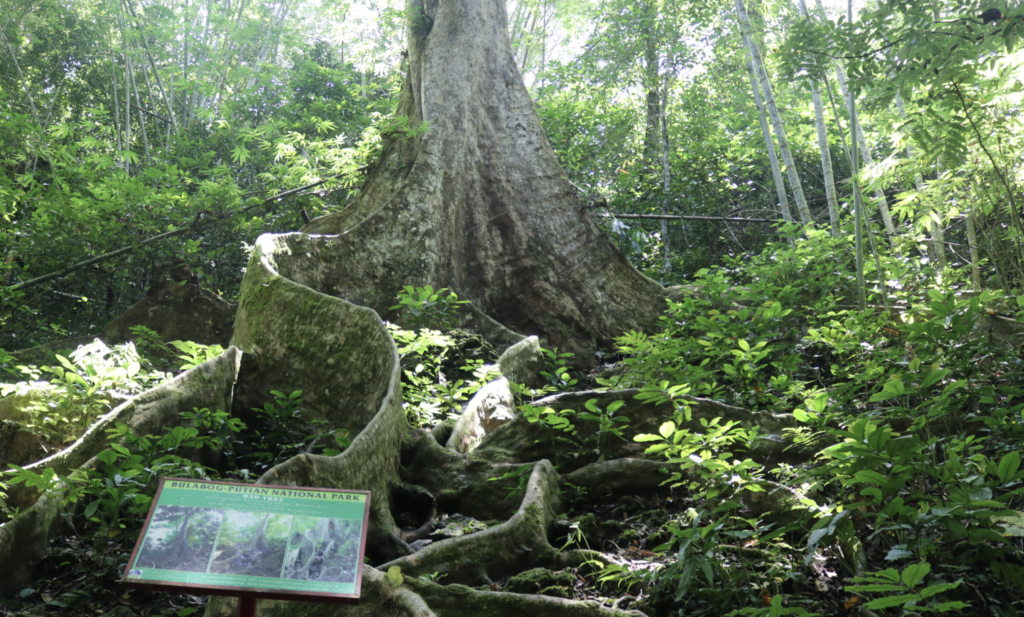
Bulabog Putian National Park

Libmanan Caves National Park
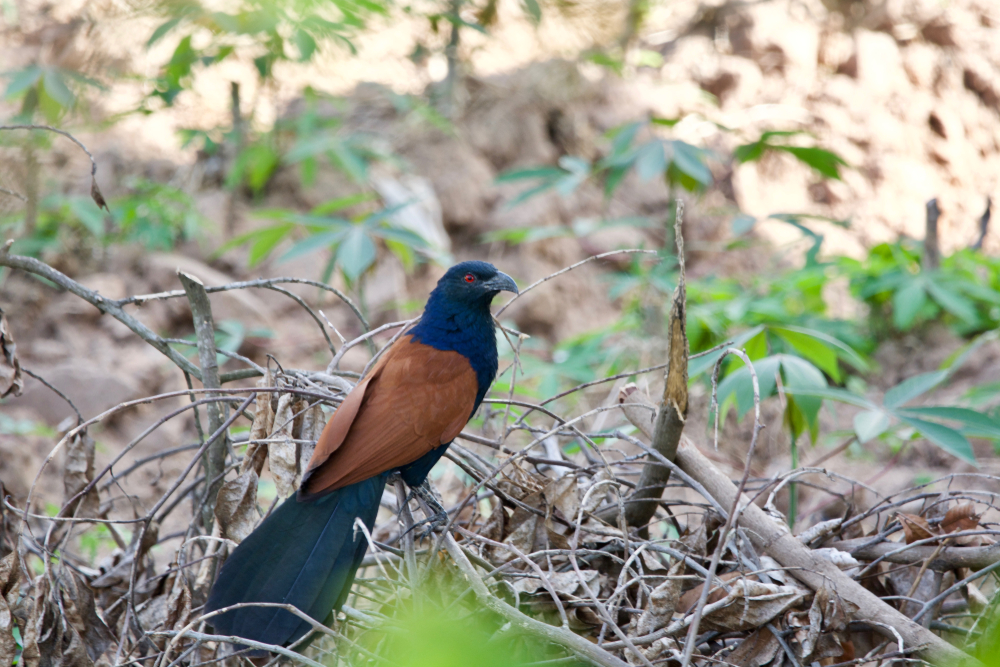
Northern Luzon Heroes Hill National Park

Puerto-Princesa Subterranean River National Park

Tubbataha Reefs National Park

Rungkunan National Park
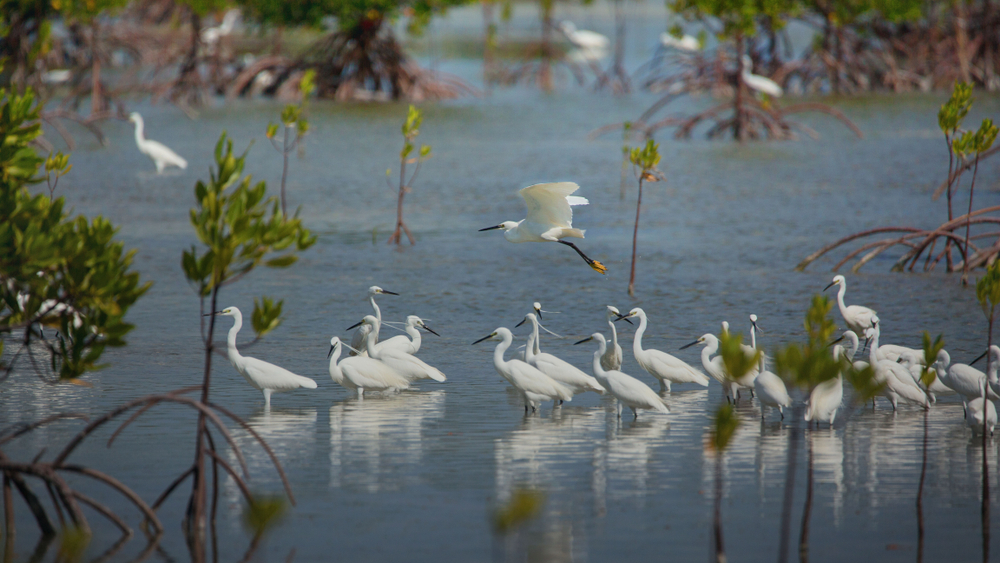
Pantuwaraya Lake National Park

Pagsanjan Gorge National Park
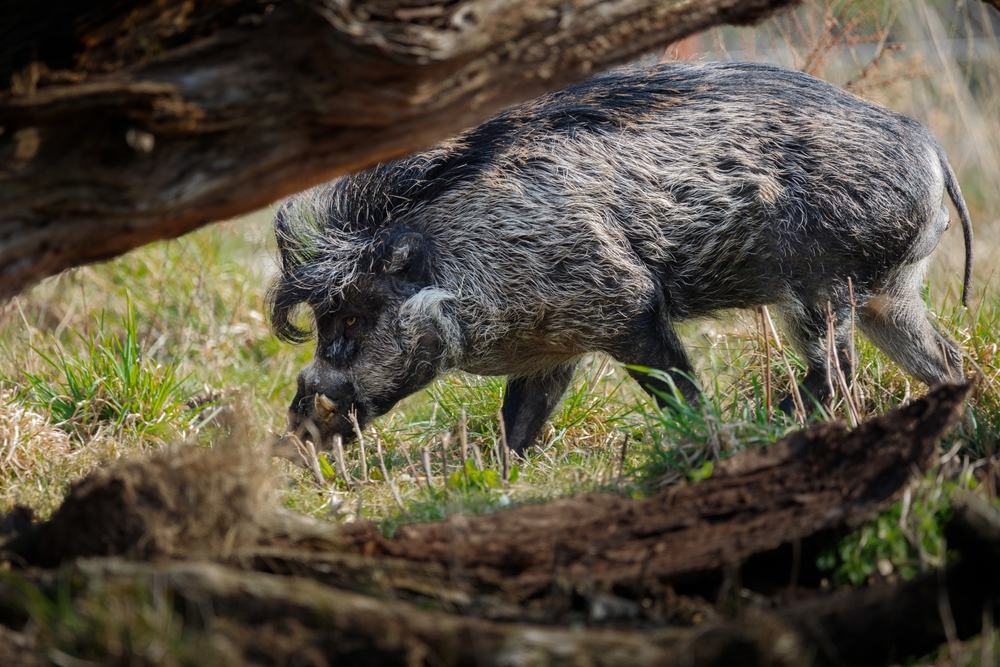
Mounts Iglit–Baco National Park
